Military leadership demands excellence. The Services Selection Board (SSB) ensures this standard through its rigorous selection process, where merely 5-10% of candidates earn the coveted recommendation each year. SSB stands tall among global military selection procedures, testing officer potential through an intensive five-day evaluation. Each candidate faces carefully designed challenges that probe their physical capabilities, psychological readiness, and intellectual prowess. This gateway shapes the future leadership of Indian Armed Forces, identifying officers who will command our nation’s defenders.
Many aspirants find themselves challenged by SSB’s multi-layered assessment system. Every day brings distinct trials – from the initial screening that tests basic officer potential to the final conference that confirms leadership caliber. These challenges systematically evaluate the qualities essential for military leadership.
This definitive guide illuminates every aspect of the SSB’s five-day selection process. Future officers preparing for NDA, CDS, AFCAT, or other defence entries will discover the essential knowledge needed to face their SSB interview with military bearing and professional confidence.
🚀 Order Now – SSB Interview Books Power Pack: 4 Essential Books for Defence Aspirants
Understanding the SSB Selection System
Military leadership demands scientific selection. The Services Selection Board executes this mandate through a sophisticated two-stage system, employing multiple assessment techniques to identify future officers.
Overview of Selection Stages
SSB’s selection machinery operates through two precisely calibrated stages. Stage-I filters potential officers through Officer Intelligence Rating tests and Picture Perception exercises.
Stage-II delves deeper – psychological assessments, outdoor tasks, personal interviews, and the decisive conference determine final recommendations. Each stage peels back layers of a candidate’s personality, revealing their officer potential.
Role of Different Testing Officers
Three seasoned assessors form SSB’s evaluation trinity:
- Interviewing Officer (IO): Masters of personal assessment who probe leadership traits and personality depths
- Group Testing Officer (GTO): Field commanders who gauge officer potential through challenging outdoor tasks
- Psychologist: Scientific minds who decode candidate psychology through specialized tests
Evaluation Criteria and OLQs
Military excellence rests on 15 Officer Like Qualities (OLQs) – the bedrock of SSB’s assessment philosophy. These qualities align under four commanding pillars:
- Leadership Potential: Sharp intelligence meets swift decision-making
- Teamwork Capabilities: Social harmony blends with cooperative spirit
- Professional Competence: Organizational mastery joins clear communication
- Personal Attributes: Courage partners with unwavering determination
SSB’s rigorous standards reflect their sacred duty to national security. Selected officers must exemplify personal sacrifice while inspiring the same from their troops. Hence, candidates face unfamiliar challenges, stressful scenarios, and leaderless situations that test their leadership mettle.
The ancient wisdom of “Manasa, Vacha, and Karmana” guides SSB’s evaluation – seeking perfect alignment between thought, word, and deed. This time-tested approach ensures selected officers possess both intellectual strength and practical leadership abilities demanded by military service.
📱Download Now : SSB Interview Study Material [ Pack of 17 eBooks ]
Day 1: Screening Tests
Day One stands as the first battleground where officer potential faces its initial test. Two critical screening challenges await candidates – challenges that determine their journey forward in the selection process.

OIR Test Preparation Strategy
Officer Intelligence Rating (OIR) demands swift mental agility. Two test booklets present 30-50 questions each, with precious minutes ticking away – 17-30 per booklet. Victory demands mastery over both verbal and non-verbal reasoning domains.
Future officers must:
- Strike first at simpler targets, building momentum while preserving time
- Sharpen mental arithmetic skills, eliminating reliance on writing aids
- Command fundamental reasoning principles with military precision
Verbal warfare tests logical reasoning prowess and mathematical might, while non-verbal combat challenges pattern recognition and spatial judgment. Remember – this battlefield permits aggressive attempts without penalty for wrong answers.
PPDT Story Writing Techniques
Picture Perception and Description Test (PPDT) serves as the commanding gateway to further stages. The mission parameters:
- 30 seconds of tactical observation
- 60 seconds for critical detail capture
- 240 seconds to craft a decisive narrative
Victory demands:
- Clear identification of protagonist
- Strategic story development across time horizons
- Positive themes reflecting officer-like thinking
Group Discussion Success Tips
Group discussions test leadership mettle in dynamic environments. Officers must demonstrate command presence while fostering team success. Mission objectives require:
- Tactical Communication: Launch at least two meaningful strikes during discussion
- Strategic Balance: Support allied viewpoints while defending personal ground
- Command Presence: Guide wayward discussions back to objective while rallying silent warriors
Remember – this battlefield tests both individual strength and unit cohesion. True leaders demonstrate cooperative spirit without surrendering command authority or monopolizing the mission.
Also Read: CDS SSB Interview Process
Day 2: Psychological Tests
Day Two unveils the scientific dimension of officer selection. Psychological tests probe the depths of mental aptitude and personality traits, revealing the mind behind the uniform. These assessments decode thought patterns and decision-making abilities crucial for military leadership.
TAT Story Writing Framework
Thematic Apperception Test demands narrative excellence. Officers face 11 visual challenges and one blank canvas, each demanding swift perception and decisive storytelling. Superior responses demonstrate:
- Masterful story architecture – clear beginning, purposeful middle, decisive end
- Leadership themes woven through positive narratives
- Solutions grounded in practical reality
- Characters who command respect through initiative
Future officers must craft narratives showcasing real-world solutions, avoiding theatrical embellishments. The blank slide beckons personal leadership stories that echo officer-like qualities.
WAT Response Strategies
Word Association Test presents 60 rapid-fire challenges, each word commanding 15 seconds of focused attention. Victory demands:
- Response Formation: Sharp, purposeful sentences reflecting leadership caliber
- Time Management: Decisive engagement with minimum 55 targets
- Negative Word Tactics: Strategic conversion of challenges into opportunities
SRT and SDT Preparation Tips
Situation Reaction Test presents 60 leadership scenarios demanding swift, tactical responses within 30 minutes. Excellence requires:
Situation Reaction Test:
- Solutions anchored in practical reality
- Unwavering response consistency
- Strategic prioritization of challenges
Self Description Test:This 15-minute mirror of self-reflection demands:
- Clear reflection of officer-like qualities
- Steadfast alignment with interview responses
- Balanced portrayal of strengths and growth areas
Day Two’s psychological battlefield demands razor-sharp thinking, emotional fortitude, and sound judgment. These scientific assessments measure a candidate’s readiness for military leadership’s mental demands.
Day 3: GTO Tasks Part 1
Day Three launches officer candidates into the crucible of practical leadership. Group Testing Officer tasks stand ready to challenge every aspiring leader’s tactical abilities and command presence.
Group Discussion Techniques
Two commanding discussions, each spanning 20-25 minutes, test officer potential. Victory demands:
- Battle Presence: Command attention through meaningful contributions while honoring fellow warriors’ perspectives
- Tactical Communication: Strike swift and precise, avoiding prolonged monologues
- Strategic Leadership: Seize initiative when discussions drift from objective
GPE Planning Methodology
Group Planning Exercise demands precision in execution:
| Phase | Duration | Activity |
|---|---|---|
| Reading | 5 minutes | Mission analysis |
| Planning | 10 minutes | Strategy formulation |
| Discussion | 20 minutes | Team solution crafting |
Future officers must:
- Master mission parameters during reading phase
- Execute decisive prioritization
- Deploy resources with tactical precision
PGT Success Strategies
Progressive Group Tasks forge leadership through escalating challenges. Excellence demands:
- Battle Strategy:
- Command clear communication channels
- Marshal resources – planks, ballies, ropes
- Adapt tactics as mission complexity surges
- Command Presence:
- Seize initiative at critical moments
- Deploy team members strategically
- Rally troops toward mission success
GTO observers measure warrior spirit through:
- Tactical problem-solving prowess
- Unit cohesion under fire
- Battle composure in adversity
Safety protocols command absolute respect during equipment operations. These progressive trials demand sustained warrior spirit from first engagement to final objective.
Each challenge presents a battlefield where Officer Like Qualities shine. Whether commanding discussions, crafting battle plans, or conquering obstacles, future officers must demonstrate unwavering leadership potential and warrior ethos.
Day 4: GTO Tasks Part 2
Day Four elevates officer selection to advanced battlegrounds. Here, candidates prove their physical mastery, command abilities, and unit coordination skills through sophisticated GTO challenges.
Individual Obstacles Approach
Ten warrior trials await completion within three decisive minutes. Victory demands:
- Battle Strategy: Master high-value objectives while preserving combat strength
- Time Mastery: Swift movement between challenges without compromising form
- Safety Discipline: Balance aggressive execution with tactical prudence
These challenges progress from fundamental warrior skills to complex combat scenarios, testing every aspect of military leadership under pressure.
Command Task Leadership
Command Task stands as the ultimate test of battlefield leadership. Officers must select their warriors and accomplish designated missions. The command structure demands:
| Phase | Activity | Focus Area |
|---|---|---|
| Selection | Choose 2-3 warriors | Unit formation |
| Planning | Mission analysis | Command decisions |
| Execution | Objective achievement | Battle leadership |
Command excellence requires:
- Absolute focus on GTO directives
- Strategic selection of battle-tested comrades
- Crystal-clear mission communication
- Unwavering command presence through chaos
Final Group Task Tips
Final Group Task crowns the GTO trials, demanding sustained unit cohesion and coordinated warfare. Mission success requires:
Battle Strategy:
- Deploy lessons from previous engagements
- Maintain iron discipline throughout extended operations
- Ensure every warrior contributes to mission success
GTO commanders evaluate officers’ mastery over complex scenarios while forging unbreakable unit bonds. True leaders demonstrate tactical wisdom, organizational excellence, and battlefield adaptability throughout their command.
Remember – mission difficulty rises with demonstrated capability. Excellence in early engagements opens paths to greater challenges, where superior leadership shines.
These advanced trials measure both individual warrior spirit and unit effectiveness, testing officer mettle under mounting pressure. Through this crucible, SSB identifies commanders worthy of leading India’s warriors.
Acing the Personal Interview
Personal interview stands as the ultimate test of officer potential. Here, candidates face 40-50 minutes of direct assessment from the Interviewing Officer (IO). Military wisdom reveals that 80% of officer evaluation stems from silent signals rather than spoken words.
Common Interview Questions
IOs probe officer potential through strategically designed question categories:
| Category | Focus Area | Purpose |
|---|---|---|
| Personal Foundation | Family, education, achievements | Character assessment |
| Service Motivation | Career calling, aspirations | Dedication measure |
| Strategic Awareness | National security, defence dynamics | Knowledge depth |
| Command Scenarios | Leadership challenges, moral tests | Judgment evaluation |
Future officers must master their personal narrative – academic excellence, leadership experiences, and the burning desire for military service. Remember, IOs cross-examine every response against PIQ submissions and psychological assessments.
Body Language Tips
Silent command presence speaks volumes during officer interviews. Master these elements:
- Officer Bearing:
- Command respect through upright posture
- Project confidence through controlled hand movements
- Enter and exit with military precision
- Display grace under observation
IOs measure every gesture, evaluating officer potential through physical bearing and professional demeanor. Strong eye contact projects unwavering conviction, while steady composure under probing gazes demonstrates mental fortitude.
Handling Tough Questions
IOs deploy challenging scenarios to test officer mettle. Victory demands:
- Battle Composure: Stand firm under psychological pressure
- Tactical Response: Deploy thoughts in clear, strategic order
- Command Truth: Lead with honesty, acknowledge limits with dignity
Expect probing questions about personal battles, vulnerabilities, and life’s crucibles. Transform these challenges into stories of growth and learning. Sensitive topics demand professional wisdom balanced with emotional intelligence.
IOs often create pressure points through rapid questioning, skepticism, or direct challenges. True officers maintain steady nerves while delivering convictions with clarity.
Technical questions demand precise knowledge. When uncertain, choose honorable admission over false bravado. Military leadership values this integrity above perfect answers.
Throughout this mission, project passionate dedication while maintaining authentic character. IOs measure not just answers but a candidate’s ability to think clearly under fire. This rigorous assessment identifies warriors ready for military leadership’s sacred duty.
Day 5: Conference Day
Conference Day stands as the final battleground where officer destiny awaits. Here, 10-12 distinguished officers form the selection board that determines military futures. This ultimate trial demands absolute mastery of military protocols.
Conference Room Etiquette
Military bearing reaches its zenith in the conference chamber. Officers demand unwavering adherence to service standards:
| Aspect | Requirements |
|---|---|
| Attire | Service formals, pristine finish |
| Grooming | Military standard, exemplary cut |
| Entry Protocol | Disciplined knock, authorized entry |
| Initial Conduct | Presidential acknowledgment only |
| Exit Protocol | Professional gratitude to board |
Sacred moments unfold here – mere minutes for clear candidates, extended questioning for borderline warriors. Every gesture, every movement must reflect unwavering military bearing.
Common Conference Questions
Selection boards probe specific domains with surgical precision. Warriors must deliver authentic yet measured responses:
- Testing Ground Experience
- Quarter assessment
- Mess evaluation
- Warrior camaraderie
- Battle lessons
Board members seek balanced truth delivered with professional optimism. Returning warriors face scrutiny over their evolution and growth areas.
Final Impression Techniques
Victory in these hallowed chambers demands perfect balance between confidence and humility. Master these protocols:
Military Bearing:
- Lock eyes with questioning officer
- Acknowledge with precise timing
- Deliver crisp, measured responses
- Project quiet strength
Battle Strategy:These chambers test every warrior’s worthiness for the uniform. Remember:
- Absorb questions completely
- Deploy clear, structured answers
- Honor the selection process
- Stand firm on previous statements
Though intensity fills these chambers, understanding their purpose steadies the warrior spirit. Every action here shapes final destiny.
Borderline warriors may face additional trials testing previous performance or Officer Like Qualities. These moments demand responses worthy of the uniform.
Warriors must demonstrate complete engagement while maintaining genuine respect. Essential protocols include:
- Strategic eye contact with board
- Disciplined acknowledgment
- Unwavering military posture
- Steady command presence
Final moments carry lasting impact. Professional departure demands:
- Rising with military grace
- Respectful board acknowledgment
- Sustained bearing throughout exit
- Dignified final march
These sacred chambers test not just responses but complete officer potential. Here, warriors prove their worthiness to join India’s finest through every word and gesture.
Post-Selection Procedures
Selection marks the beginning, not the end. Future officers must now prove their physical worthiness and complete essential protocols before donning the prestigious uniform of Indian Armed Forces.
Medical Examination Process
Special Medical Board (SMB) conducts thorough medical assessment across 4-5 days at designated Military Hospitals. Military medical protocols demand:
| Day | Examination Type |
|---|---|
| Day 1 | Blood tests, Urine tests, Chest X-ray, Ultrasound |
| Day 2 | ENT and Eye examination |
| Day 3 | Surgical examination |
| Day 4 | Eye and Dental assessment |
| Day 5 | General Medical and Conference |
Officers declared unfit may appeal through Appeal Medical Board within 42 days. Command Hospitals across India conduct AMB evaluations. Final Review Medical Board application must reach authorities within 24 hours of AMB results.
Merit List Calculation
Final selection combines multiple assessment scores:
- Written Examination: In case of NDA, CDS, AFCAT and other such entries.
- SSB Interview: Marks scored in respective SSB, AFSB, NSB.
- Total Maximum Marks: Written + SSB Marks, Only SSB Marks in case of Direct SSB Entries.
Selection authorities consider:
- SSB performance metrics
- Medical fitness status
- Course vacancy position
Command Note: Medical fitness stands mandatory for merit list inclusion, though it carries no numerical weight.
Joining Instructions
Selected candidates receive precise reporting instructions for training academies:
Reporting Protocols:
- Academy reporting timeline
- Equipment and document requirements
- Service conduct guidelines
Essential Documentation:
- Matriculation certificate – original plus attestation
- Academic credentials – complete record
- Official identification documents
- Twenty white-shirt photographs – passport size
Document verification demands absolute accuracy. Provisional certificates require principal’s written declaration of result dates.
Movement Orders:
- Travel compensation covers shortest routes
- AC 3-tier journey provisions
- Local transport allowance where applicable
Medical Readiness: Pre-reporting medical attention required for:
- Ear conditions
- Vision parameters
- Skin health
- Blood composition
- Physical structure assessment
Training demands strict discipline. Mobile devices remain prohibited during training phases.
Service Protocols:
- Strict timeline adherence
- Restricted area compliance
- Exemplary conduct requirements
- Zero tolerance for disciplinary breaches
Merit list announcement begins the final preparation phase. Selected officers must prepare mind and body for the challenges ahead. Service bond signature marks their sacred commitment to the nation’s defence.
SSB Interview Preparation Books and Study Material
| Study Material | Download Source |
| Let’s Crack SSB Interview [Book] | Buy Now |
| Breaking the Code Of SSB Psychology [Book] | Buy Now |
| OIR Test and PPDT [Book] | Buy Now |
| SSB Psychological Tests Workbook | Buy Now |
| OIR Test eBook [ 150+ Solved Questions] | Download Now |
| SRT Solved eBook [100 Solved Questions] | Download Now |
| Word Association Test [100 Solved Words] | Download Now |
| Current Affairs eBooks | Download Now |
| SSB Interview eBook [FREE] | Download Now |
| My Appointment With A Psychologist eBook [FREE] | Download Now |
| Best SSB Interview Book [Paperback] | Download Now |
| 5 Day Complete SSB Interview Video | Download Now |
| 500 WAT Words | Download Now |
| 50 TAT and PPDT Pictures | Download Now |
| 180 SRT Original | Download Now |
| Latest SSB GD Topics | Download Now |
| 300 Lecturette Topics | Download Now |
Conclusion
SSB selection stands as ultimate test of officer potential. Five demanding days probe every aspect of leadership capability – from intellectual prowess and psychological strength to physical command and personal character.
Military excellence demands complete mastery of selection protocols. Officers who grasp each evaluation phase, understand assessment criteria, and meet precise requirements prove their readiness for command responsibility. Medical fitness and merit standing mark the final steps toward earning the right to serve India in uniform.
True officers demonstrate 15 sacred qualities through every thought, word, and deed. This unwavering dedication to excellence, supported by deep understanding of selection demands, forges the spirit of military leadership. Here stand tomorrow’s defenders of India – ready, worthy, and prepared to lead.
FAQs
What is the SSB interview?
The SSB interview process consists of screening tests, psychological assessments, Group Testing Officer (GTO) tasks, personal interviews, and a final conference. Each day evaluates different aspects of a candidate’s officer potential through various exercises and interactions.
What are the 5 days of SSB?
Day 1: Screening Test (OIR and PPDT), Day 2: Psychological Tests, Day 3 & 4: GTO Tasks and Personal Interview, Day 5: Conference
Who is eligible for an SSB interview?
Candidates meeting eligibility criteria for NDA, CDS, AFCAT, TES, or university entry schemes. Requirements include age, education, and fitness based on the specific entry.
Is SSB interview very difficult?
Yes, it is considered challenging due to its unique assessment process, requiring mental, physical, and psychological preparedness.
How many attempts for SSB?
Number of attempts depends on the specific entry scheme, age limit, and eligibility. For example: NDA: Up to 19.5 years, CDS: Up to 25 years.

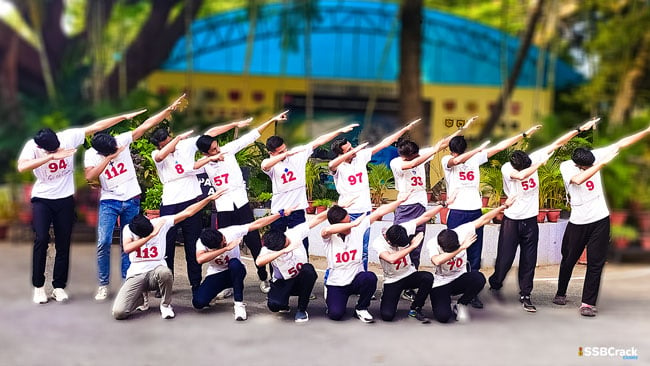

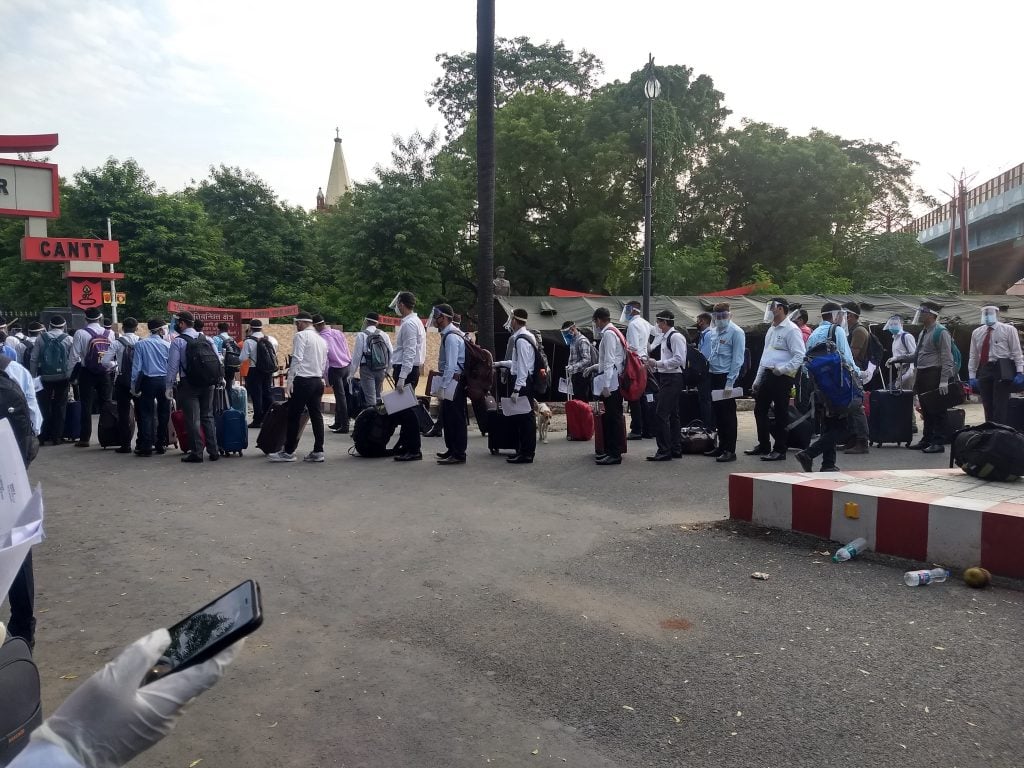
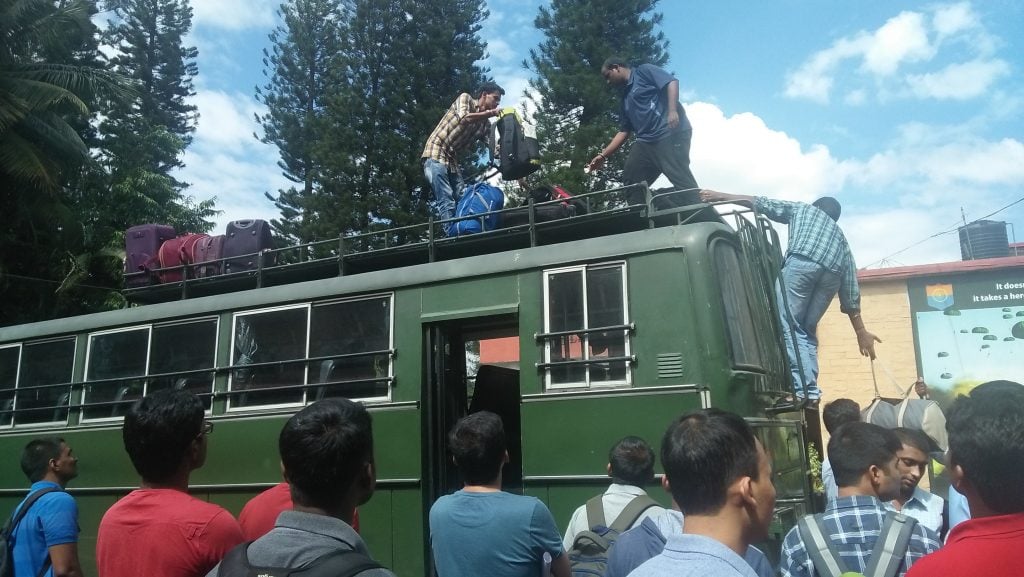
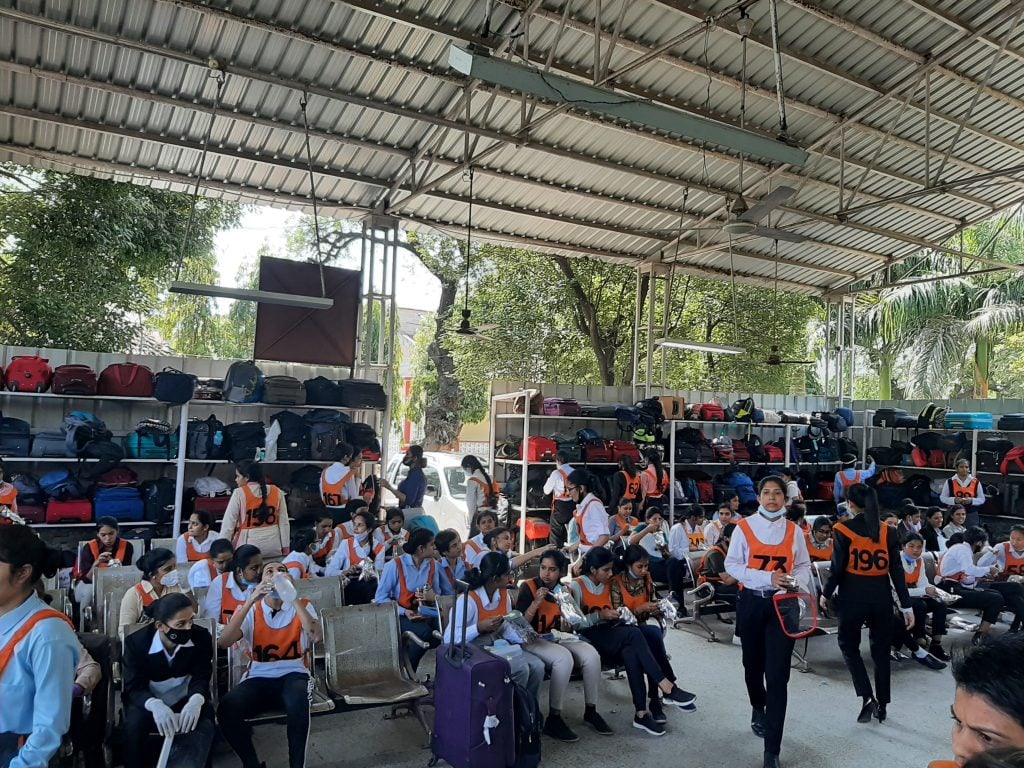




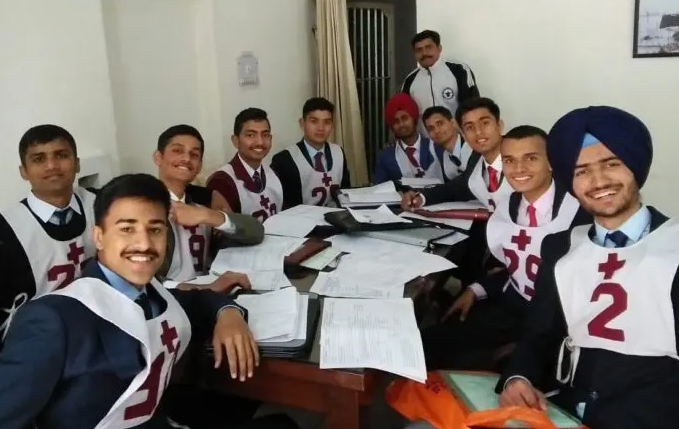

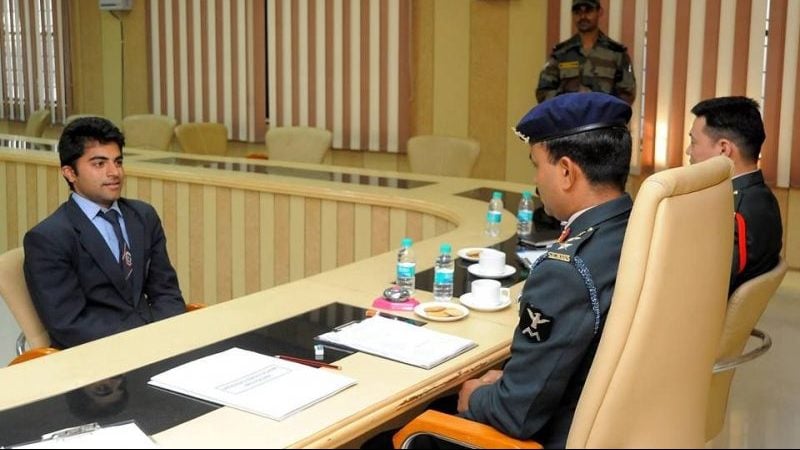
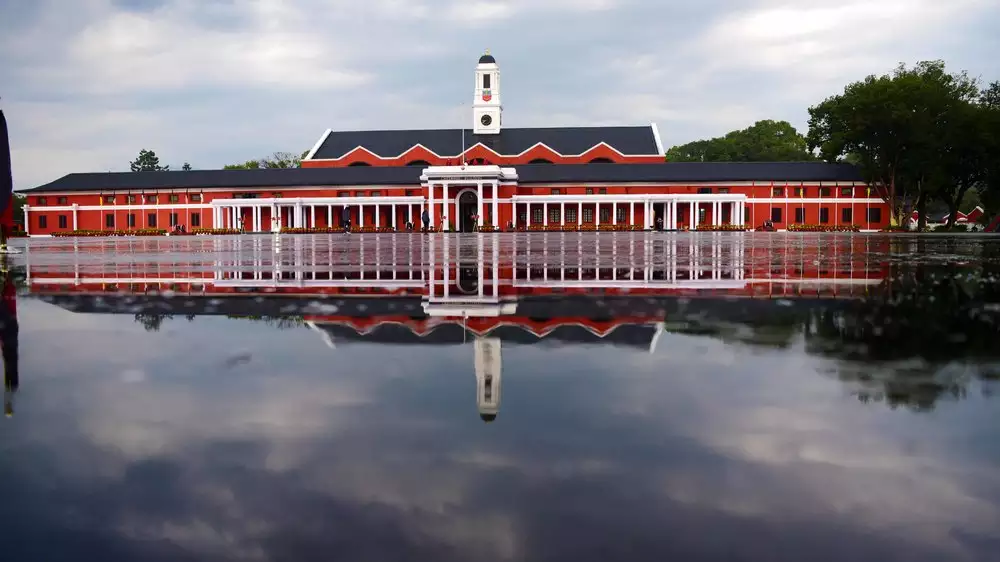
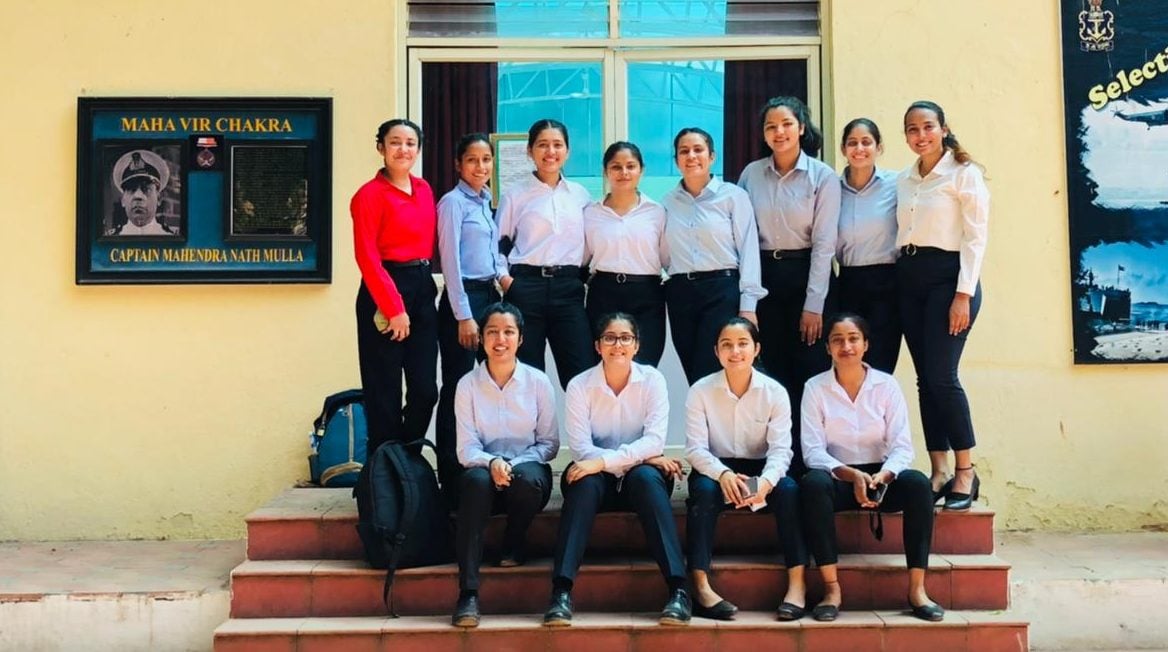
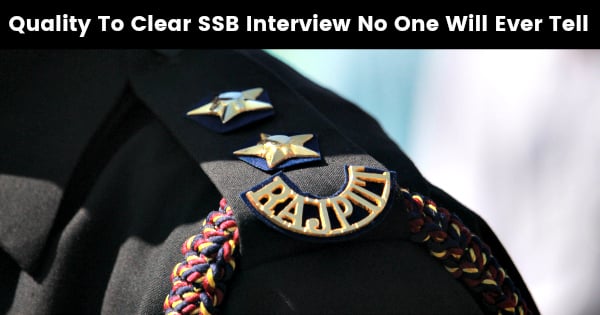

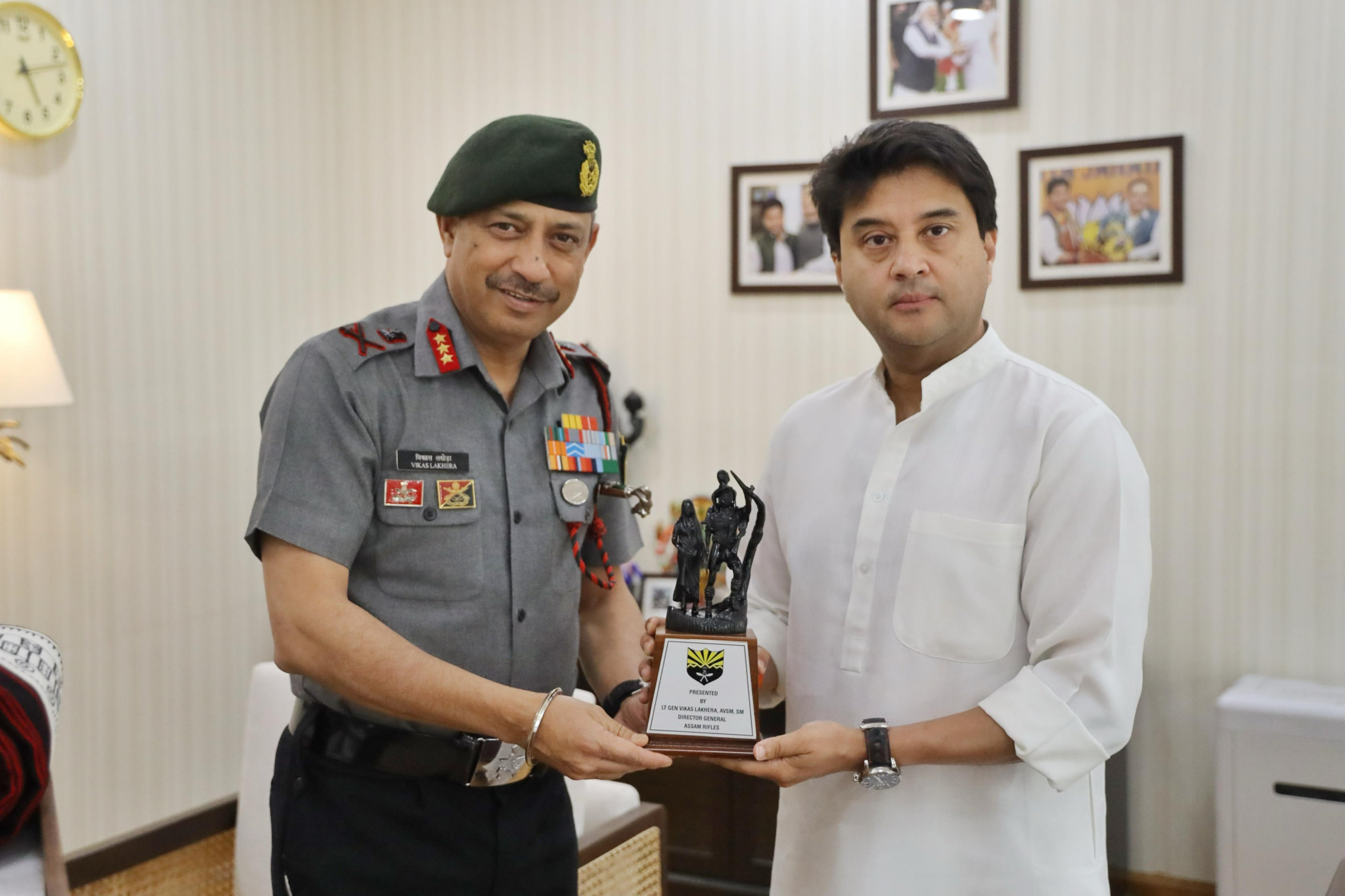
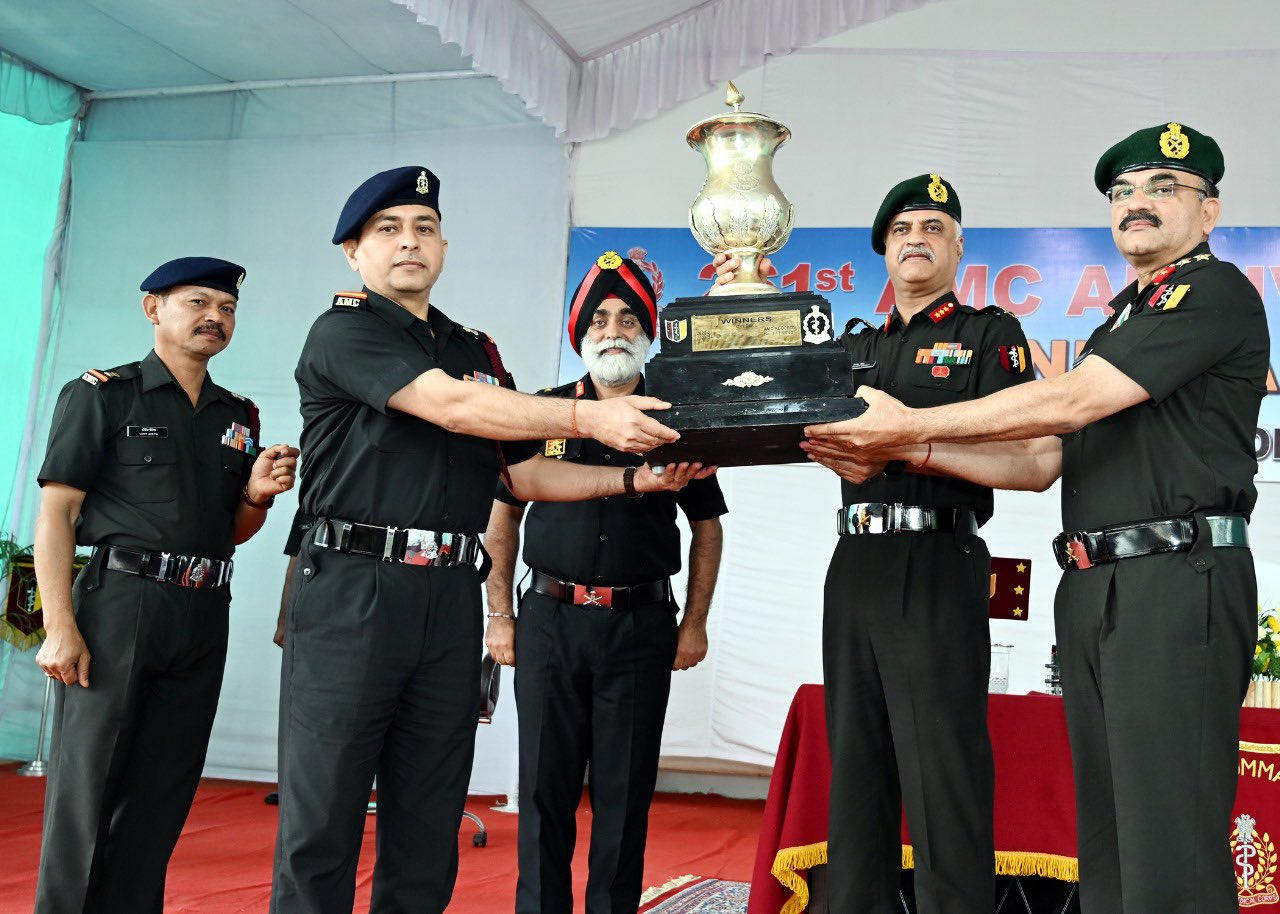
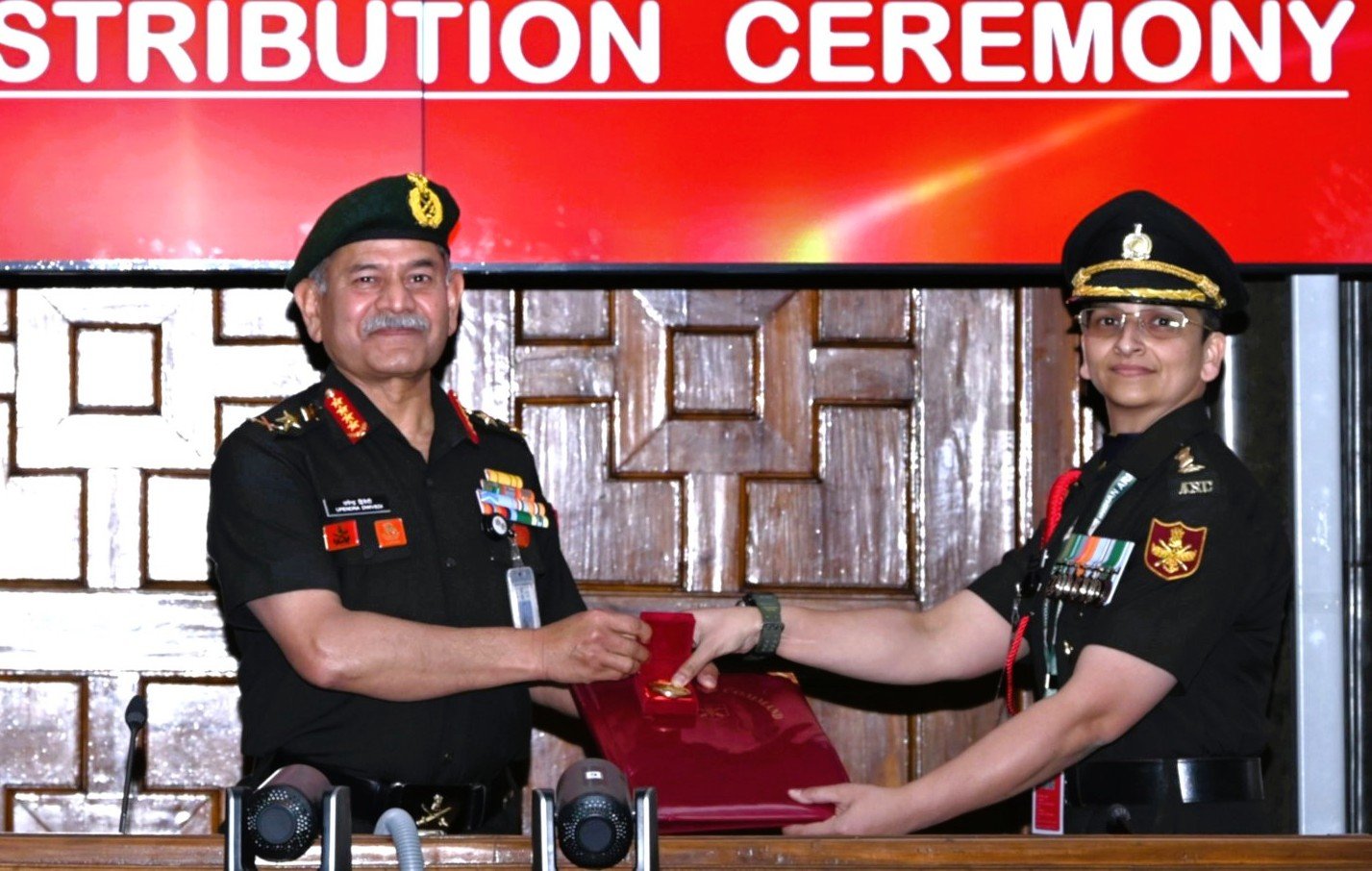
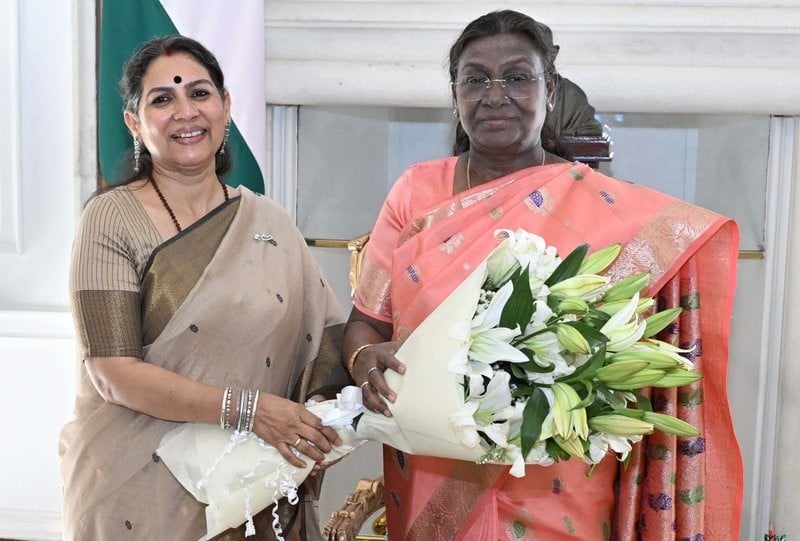
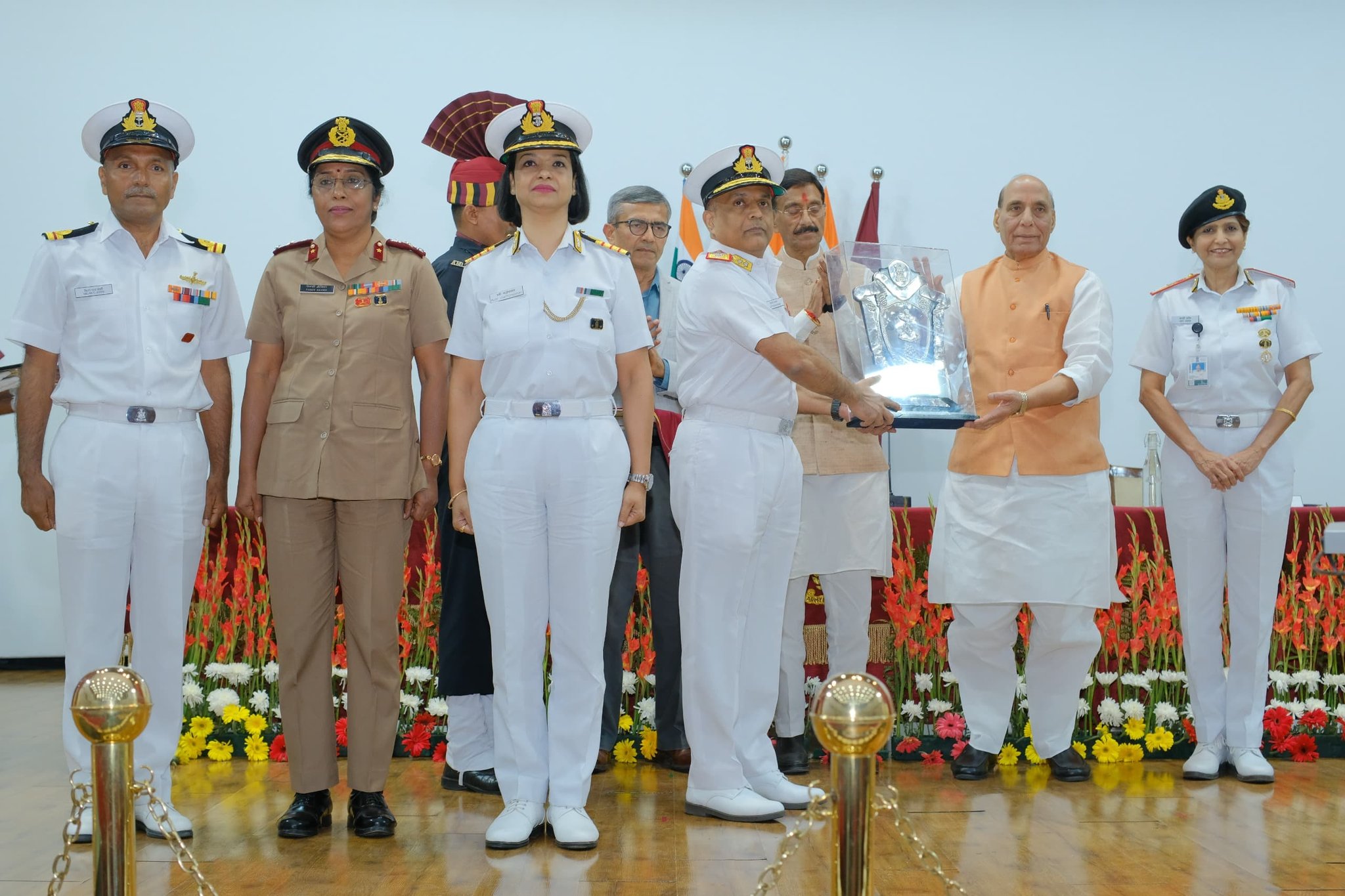
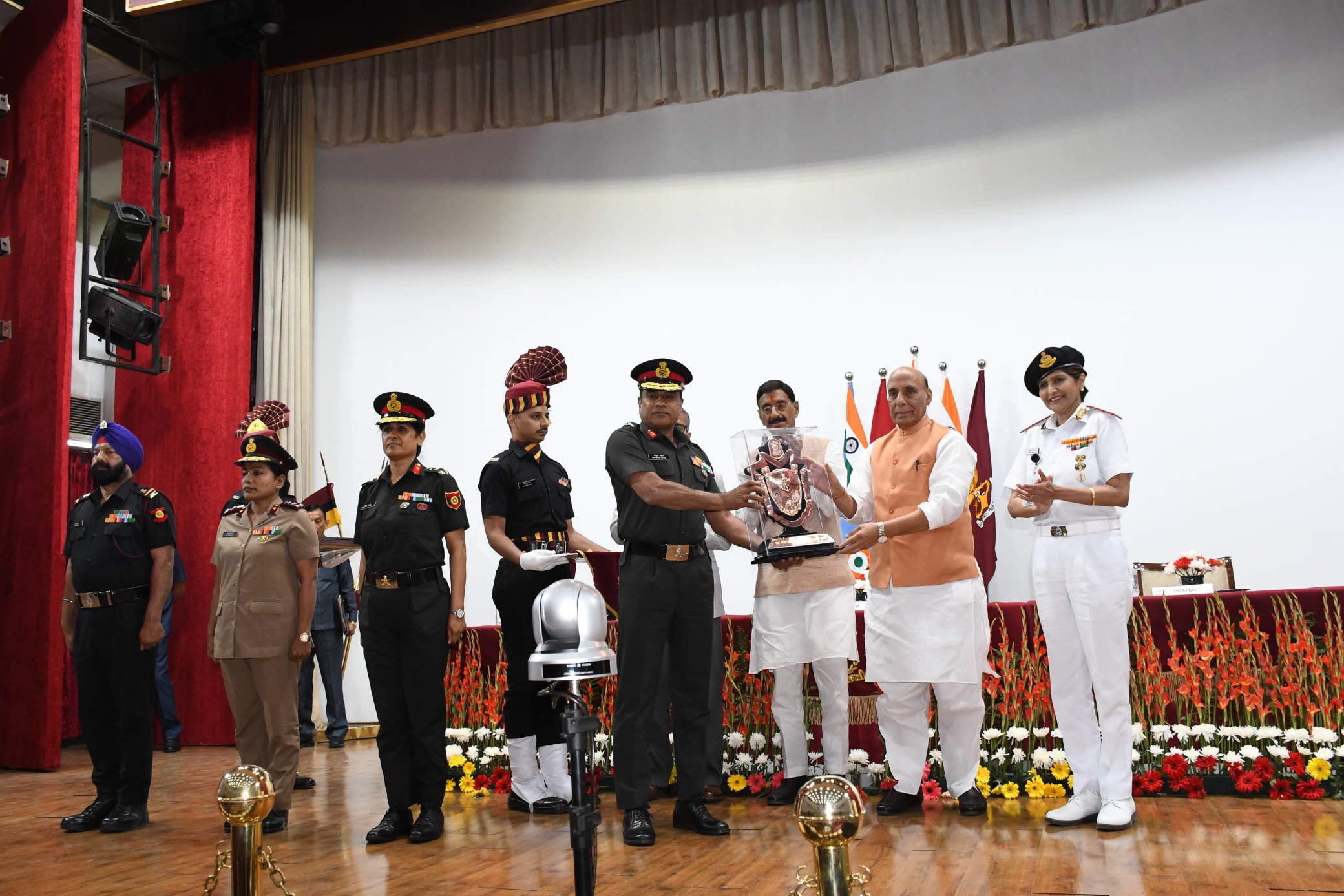
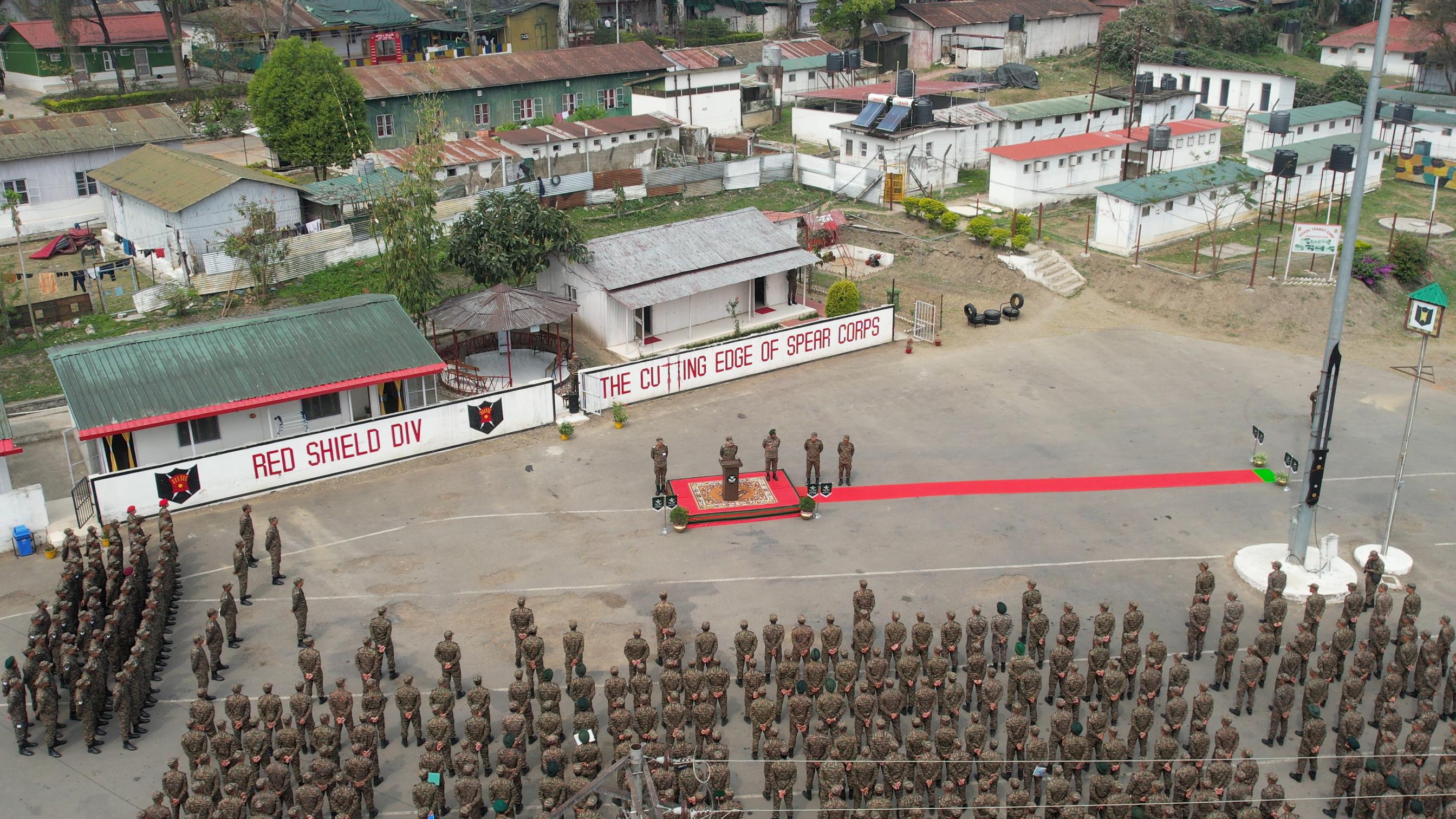
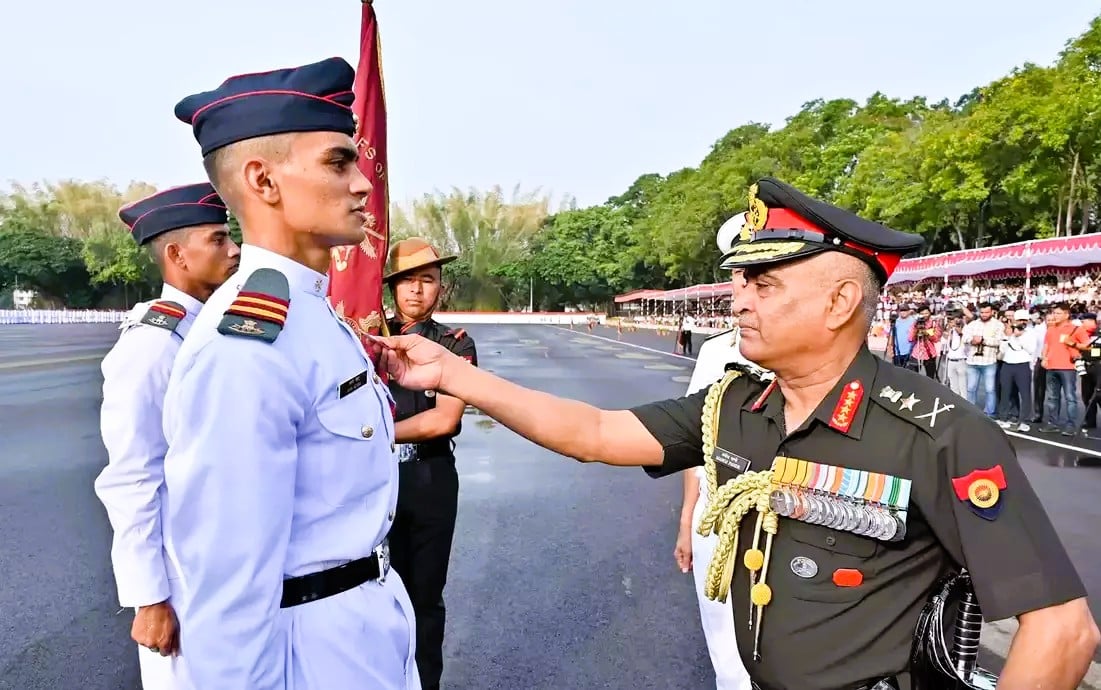

Sir I have dark spots on my leg (Externally) does it make me unfit for the medical?
Thanks for your useful information about ssb .
Now I has some ideas to how crack ssb .
Please give me your contact number as I couldn’t find it. Want to know about the SSB video course. Please give a call at 7477350975/9212202915
Sir i have ncc and I am in 2nd year of my ncc but because of covid I haven’t attend any camp and classes of ncc will it affect on ssb
No !! For further info dm …
my two fingers of my left leg is joint can I select for nda or it is make problem can they give me time for make it ok
Sir
I am not speak English properly can i fill the from
Sir i have knock knee problem would it affect my selection in defence servicesa
@abhishek mehra
yes abhishek it cause problem in ssb medical but don’t worry they gave you 42days time for recover your knock knee during this time you can cure you knock knee with the help of doctors advice or by exercise,
i have also knock knee problem so i am doing exercise regularly because i also want to join NDA Airforce as a pilot
Sir i have bow knee problem will it create some kind of problem ?
I want to know all about army…
I want to join in army……
Hello sir ….
This is Tejaswini
I want know about all this….
I m a btech student I m still studying I m in 2year….i want to join in army…. please sir help me in this
did u crack it, saw read ur comment today on 29th Sept’24 4 years after ur comment
I had gap in my teeth ….. so i had Orthodontics treatment ….. is it harmful during SSB medical???
Sir,I have only 60% in my 12th.will it crate any problems for me in my SSB ????
During interview never speak Hindi…..you can use Hindi during GTO, Lecturette but for few seconds only then come back to English, and also during GPE , you can use Hindi, but Mainly for Non-Hindi people ….during my SSB Interview at Allahabad , I used maximum Hindi,,but that’s an advantage for me since I’m Non-Hindi speaker… but I’m selected….besides other hindi speaking people should maximum use only English ….
During interview never speak Hindi…..you can use Hindi during GTO, Lecturette but for few seconds only then come back to English, and also during GPE , you can use Hindi, but Mainly for Non-Hindi people ….during my SSB Interview at Allahabad , I used maximum Hindi,,but that’s an advantage for me since I’m Non-Hindi speaker… but I’m selected….besides other hindi speaking people should maximum use only English ….
By what time do the conference last on the 5th day.
Is the result of the recommendation announced before lunch time or sometime in afternoon?
Sir,
I have gap between teeths… So i had a treatment from orthodontics, so let me know that will it take harm during medical test after i get cure..?
sir,
pl tell me trainning period duration for naic
Sir can’t we speak or write(like in TAT,WAT etc)in hindi
No Niraj, it has to be in English.
This comment has been removed by the author.
ya its give time
if i clear my ssb ,will the medical board give me the time for the tattoo removal??
do reply
did u crack it man, replying as a version of u 12 years in future?
nothing is possible
Hello Sir,
I wanna to ask that Iam 2 times screen out from NCC special Entry of ARmy so will it effect my Air Force SSB and another thing while filling form I made one mistake that I mistakenly wrote 68 in Maths instead of 65 which is my actual marks will it create any problem for me ???????
This comment has been removed by the author.
No, but make sure you do not repeat same mistakes and improve your performance this time. Also AFSB takes more people in, so actively take part in GD with a good narration.
Please make the correction after reaching AFSB.
THANK YOU SIR
http://www.facebook.com/afcatindia
I have got a permanent tattoo on my left biceps,will that make me unfit for the medical test? If so,then please tell me an alternative if possible.
Thanking You
Suraj
Yes Tattoos are not allowed in Armed Forces but their is a bit relaxation in tattoos based on religion also they are allowed only at inner side of you forearm and outer surface of your fist.
Sir, I have few white spots in my legs! Will I be declared medically unfit??